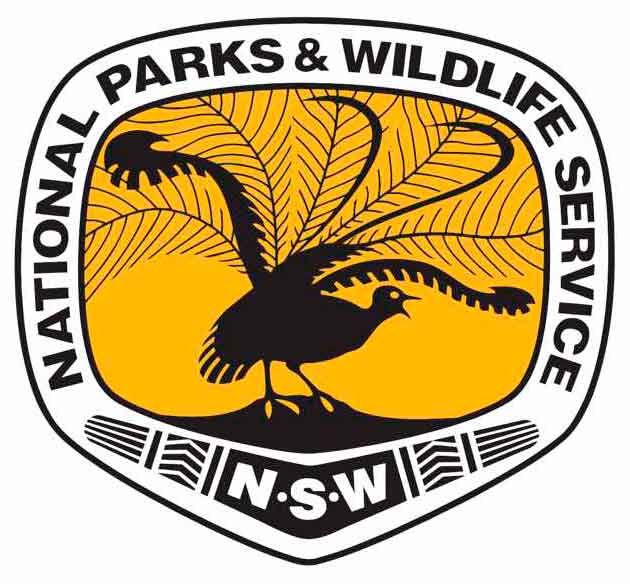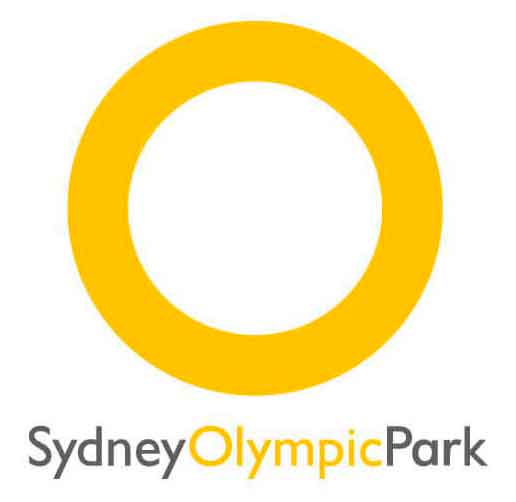Sea-EagleCAM Intervention Policy
EagleCAM is operated under a BirdLife Australia Research Agreement, working in partnership with the NSW National Parks and Wildlife Service (NSW NPWS) and Sydney Olympic Park Authority. The primary function of the EagleCAM project is scientific research, to provide information for the understanding and conservation of the White-bellied Sea-Eagle without interfering in their behaviour or the processes that they undergo in the natural environment. The White-bellied Sea-Eagle is a vulnerable species under the NSW Biodiversity Conservation Act 2016 and any actions must comply with this legislation.
1:
The approval to film White-bellied Sea-Eagles under the NPW Act allows passive observation only. It does not allow for any access to the nest itself or any handling of the birds or eggs.
2:
The main threats to the chicks are natural – such as extreme weather, lack of food or sibling rivalry. Nature will take its course, with no human intervention. Mostly this will bring joy and wonder and at times, sadness.
3:
Our approved research protocol states that the cameras will be placed before egg-laying. Then the nest area and a buffer zone of 60 metres will be determined to protect the birds from any disturbance until several weeks after hatching. In other words, no visits at all during incubation and in the early time after hatching. From then on, there will still be minimal disturbance.
4:
If a Sea-Eagle under observation appears to be injured or sick and is not accessible (on the nest, out of reach in a tree), the live stream will be turned off (no streaming to the public) and the situation assessed on a case by case basis with representatives from NPWS. Under no circumstances is the critically endangered community of Sydney Turpentine Ironbark Forest to be damaged.
5:
NSW NPWS is to decide if a bird needs to come into care. If a Sea-Eagle is threatened by natural processes assessment will be made by NSW NPWS regarding action. It is possible that no action will be taken. Examples of situations where it is appropriate to rescue eagles as part of this project:
i. Individual has fallen out of the nest and is sitting on the ground unable to fly
ii. Entangled in artificial products such as fishing line and is accessible without damaging vegetation.
6:
If a Sea-Eagle comes into care, the bird must be taken to a veterinary facility approved by NSW NPWS.
The NSW NPWS will decide where Sea-Eagles will be rehabilitated at an approved rehabilitator.
They are wild, free-flying birds and it is our privilege to observe their breeding behaviour as we do.


